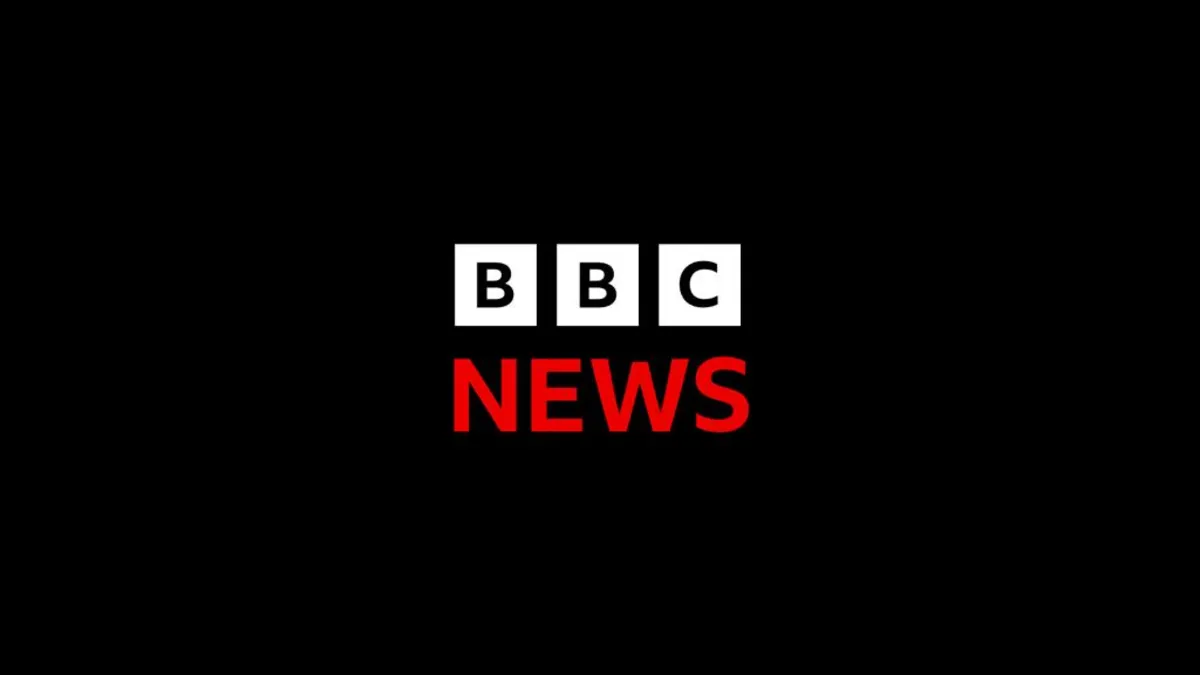
A snap election is an election that takes place earlier than the legally mandated schedule. In Canada, general elections are required to occur every four years, which means that the next federal election was initially expected to be held on or before October 20, 2025. However, Canadian Prime Minister Mark Carney has now called for a snap election, prompting many Canadians to seek clarity on the implications of this decision.
A snap election can be initiated in several ways. The sitting prime minister, in this case, Mark Carney, can request a snap election, which must then be granted by the Governor General. The Governor General serves as the representative of the British Monarchy in Canada, reflecting the country's status as a constitutional monarchy within the Commonwealth. Additionally, a snap election may be triggered by a no-confidence vote in the House of Commons. This occurs when an opposing party presents a no-confidence motion, and if a majority of members vote in favor, it indicates their lack of confidence in the current government, leading to an election.
As the anticipated snap election approaches, the political climate in Canada is heating up. According to CBC's Poll Tracker, which aggregates various surveys, the Liberal Party and the Conservative Party are nearly neck and neck in the polls, with the Liberals at 37.5% and the Conservatives at 37.1% nationally. However, pollsters caution that these numbers have been fluctuating recently. Meanwhile, the left-leaning NDP is polling at 11.6%, while the Bloc Québécois, which focuses on Quebec, is at 6.4%—with a notable 28.4% in Quebec itself. The Green Party is trailing at 3.8% nationally, and the People's Party of Canada is at 2.2%, still seeking its first seat in the House of Commons.
Amidst the political tension, the Green Party has officially launched its campaign in Montreal. Currently holding two seats in the House of Commons, the Green Party's primary focus is on sustainability, addressing climate change, and enhancing the green economy. Party co-leader Jonathan Pedneault emphasized the need for courage in making significant reforms, stating, "We can house everyone, we can feed everyone, we can protect our land." Pedneault, the youngest leader among major parties, aims to revitalize the Green Party's influence following a decline in national support from 2.3% in the 2021 election.
Canada's federal elections operate within a framework of 343 federal ridings, also known as constituencies or electoral districts. Each riding elects one member to the House of Commons, the lower chamber of Parliament. Unlike the Senate, which consists of appointed members, all seats in the House of Commons are contested during elections. Canada employs a first-past-the-post electoral system, where the candidate with the most votes in each riding secures the seat. The leader of the party that wins the most seats typically forms the government, while the second-largest party becomes the official opposition. If no party achieves a majority, the outcome is termed a hung parliament, leading to a minority government that may require support from other parties to pass legislation.
At the recent news conference, while announcing the snap election, Mark Carney's remarks were overshadowed by discussions surrounding Donald Trump. Carney highlighted the growing political tensions between Canada and the U.S., particularly addressing Trump's assertion that Canada could become America's 51st state. Carney characterized the current relationship with the U.S. as one of the most significant threats facing Canada, asserting, "He wants to break us so America will own us. We will not let that happen."
In light of Carney's election announcement, the Conservative Party has begun to formulate its response. Former Conservative leader Andrew Scheer criticized Carney, claiming that his leadership will make Canada "poorer, weaker, and more vulnerable to the U.S." Current Conservative leader Pierre Poilievre launched his party's campaign with the slogan "Canada first for a change," aiming to present a strong alternative to Carney's policies. He emphasized the need for a shift from what he termed the "lost decade of Liberal-caused crises."
As the political landscape in Canada evolves with the announcement of the snap election, it remains to be seen how the dynamics will unfold. Voters will be closely watching the campaigns of the various parties, particularly in light of the ongoing tensions with the U.S. and the significant issues facing the nation. The upcoming election is set to be a pivotal moment in shaping Canada's future direction.